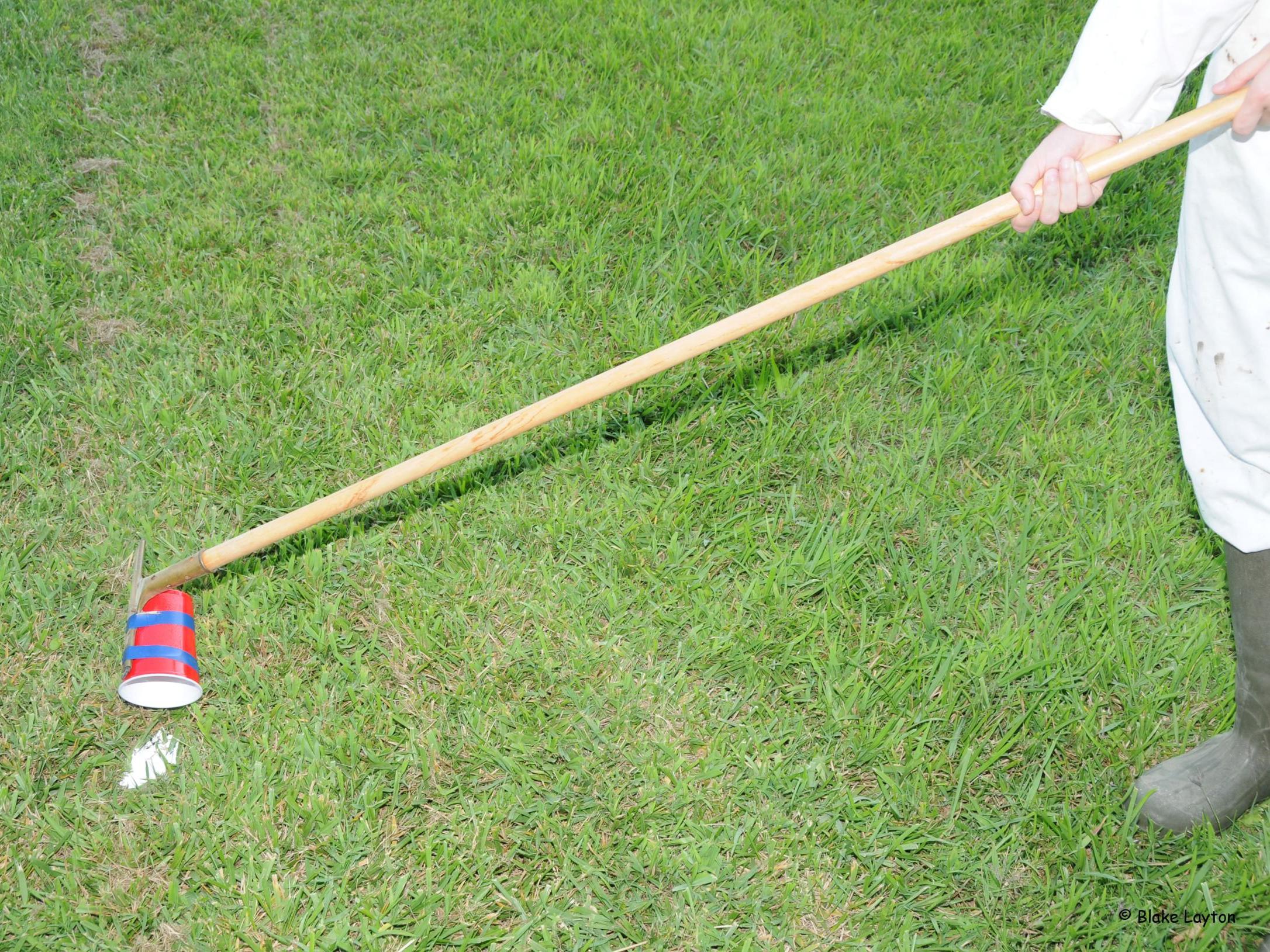Bug's Eye View, Yellowjacket Control Method, Vol. 4, No. 21
Related News
September 29, 1997
September 5, 1997
July 25, 1997
June 23, 1997
May 12, 1997


